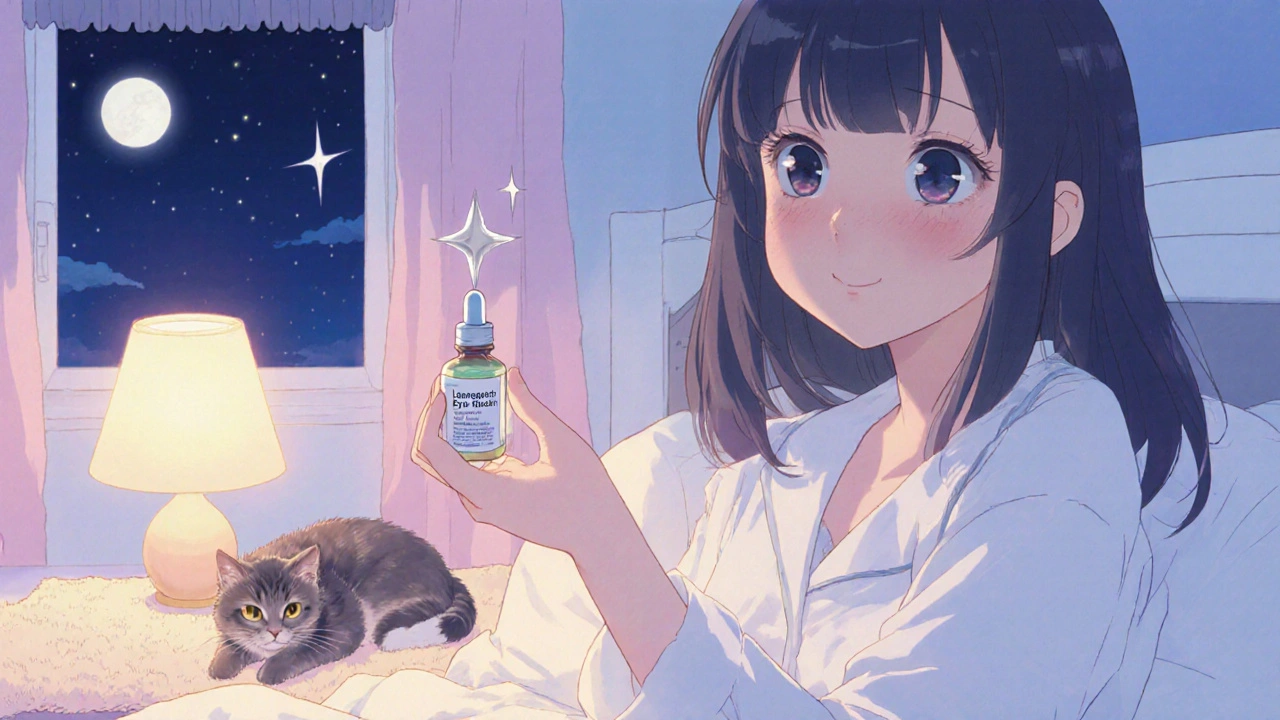Glaucoma Treatment: Options, Medications, and What Actually Works
When you hear glaucoma treatment, a set of medical approaches aimed at reducing intraocular pressure to prevent optic nerve damage. It's not just about eye drops—it’s about stopping vision loss before it happens. Glaucoma doesn’t hurt. It doesn’t blur your vision right away. By the time you notice trouble, damage is often already done. That’s why treatment isn’t optional—it’s essential. The goal is simple: lower intraocular pressure, the fluid pressure inside the eye that, when too high, crushes the optic nerve before it destroys your sight. And the good news? We have tools that work—if you use them consistently.
Most glaucoma drugs, medications designed to reduce fluid production or improve drainage in the eye come as drops. Prostaglandin analogs like latanoprost are often first-line because they’re effective and taken just once a day. Beta-blockers like timolol cut fluid production. Alpha agonists and carbonic anhydrase inhibitors help too. But not all drops are equal. Some cause stinging. Others make your eyes red or your eyelashes grow. Some even lower your blood pressure or slow your heart rate. Finding the right one isn’t guesswork—it’s matching the drug to your body, your lifestyle, and your other health conditions.
It’s not just about pills and drops. If meds don’t cut it, lasers and surgery become part of the plan. Laser trabeculoplasty opens drainage channels without cutting. Minimally invasive glaucoma surgeries (MIGS) are safer than old-school procedures and can be done at the same time as cataract surgery. But even the best treatment fails if you skip doses. Studies show nearly half of people don’t use their eye drops correctly—or at all. That’s why education matters as much as medication. Your eyes aren’t just a target—they’re your window to the world. Protecting them means sticking with the plan, even when you feel fine.
What you’ll find here isn’t a list of drug names. It’s a real look at what glaucoma treatment looks like on the ground: the side effects people actually deal with, the alternatives doctors suggest when one drug stops working, the cost traps to avoid, and the mistakes that cost people their vision. These aren’t theory pieces—they’re guides written by people who’ve been there. Whether you’re newly diagnosed, switching meds, or helping a loved one manage their treatment, you’ll find the straight talk you need.

